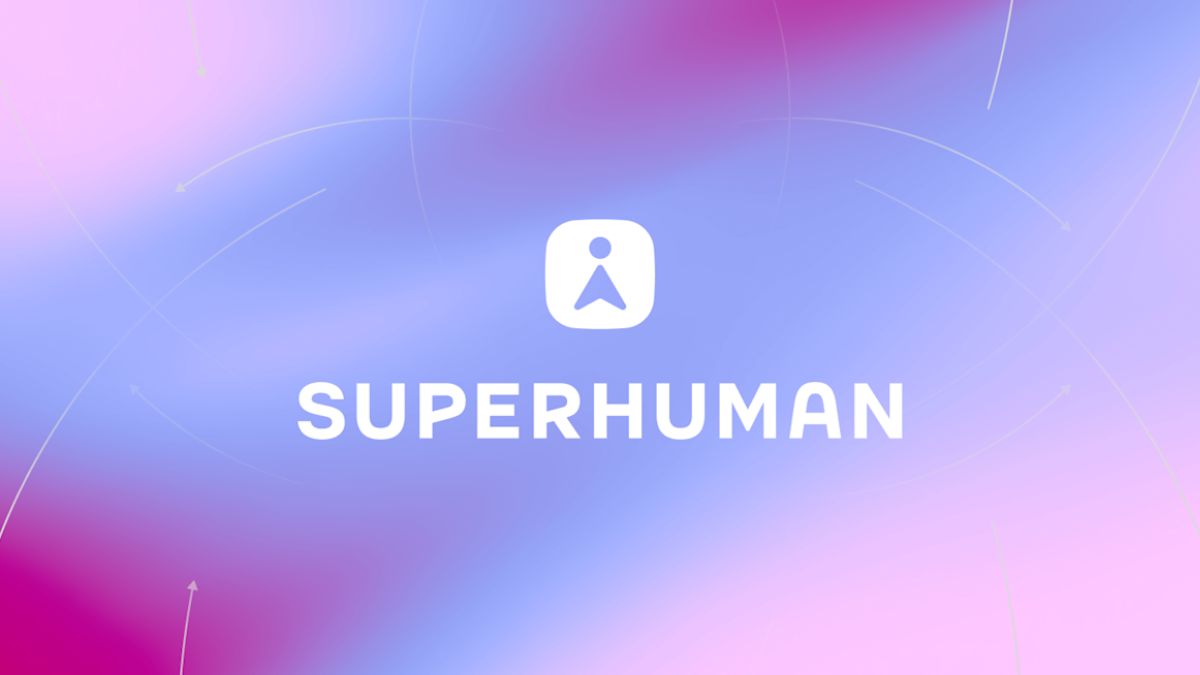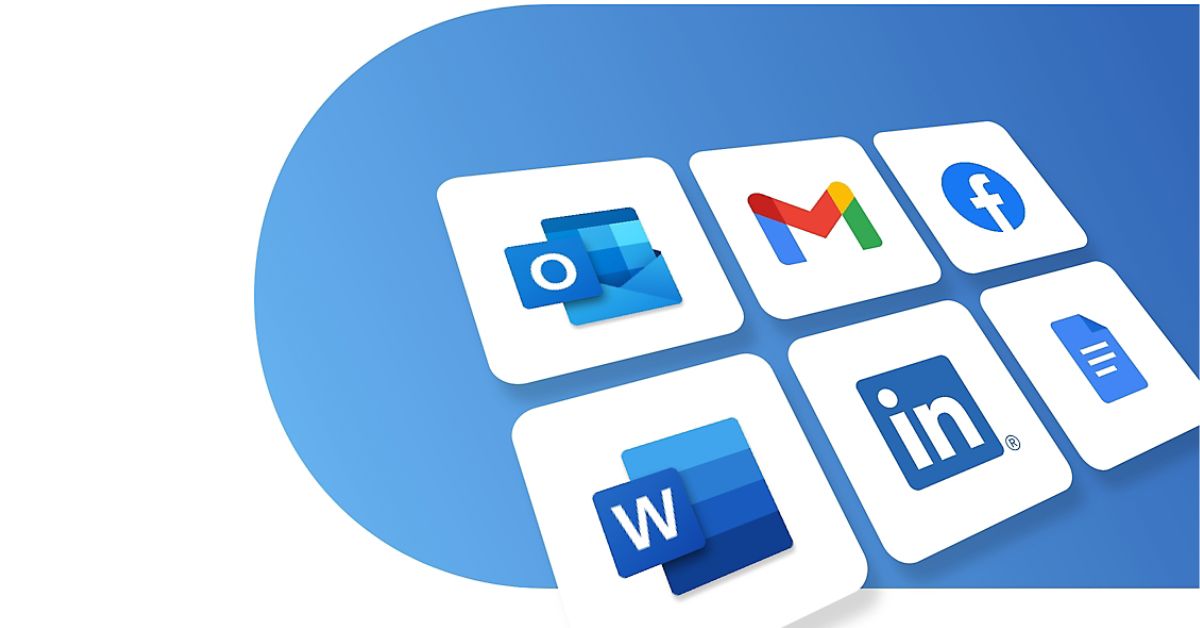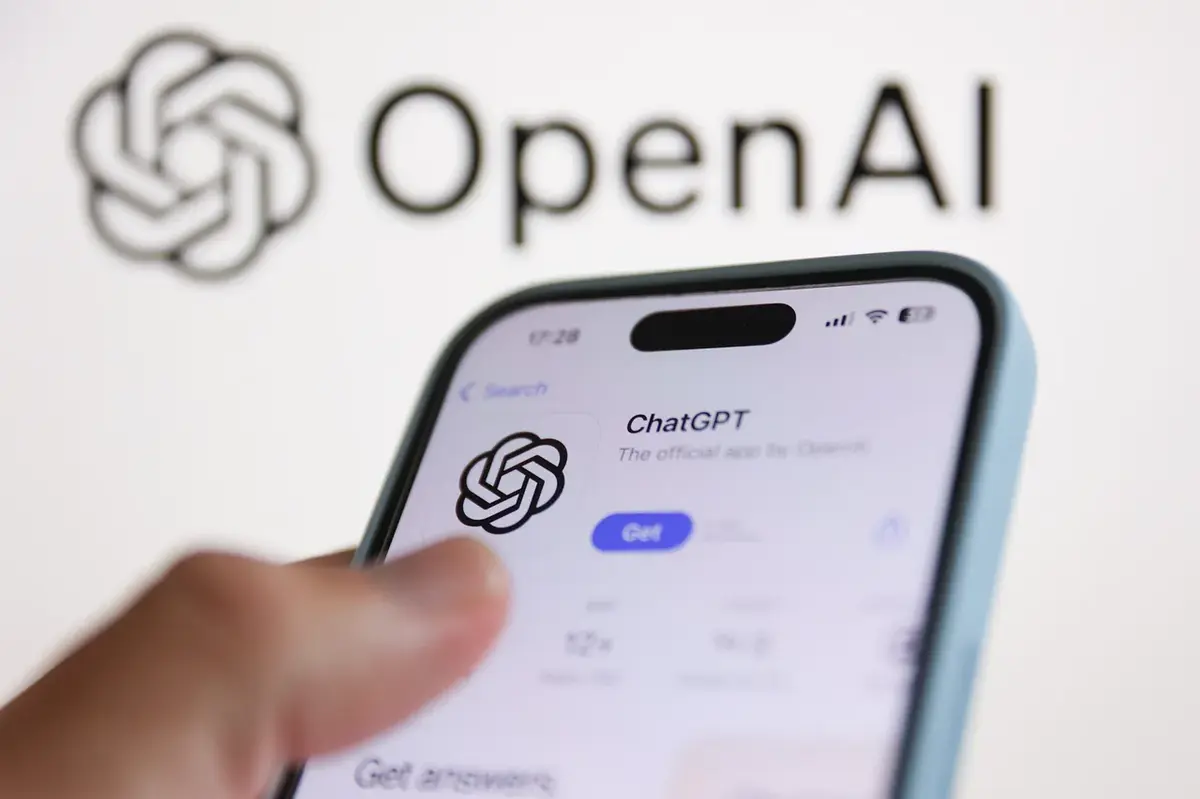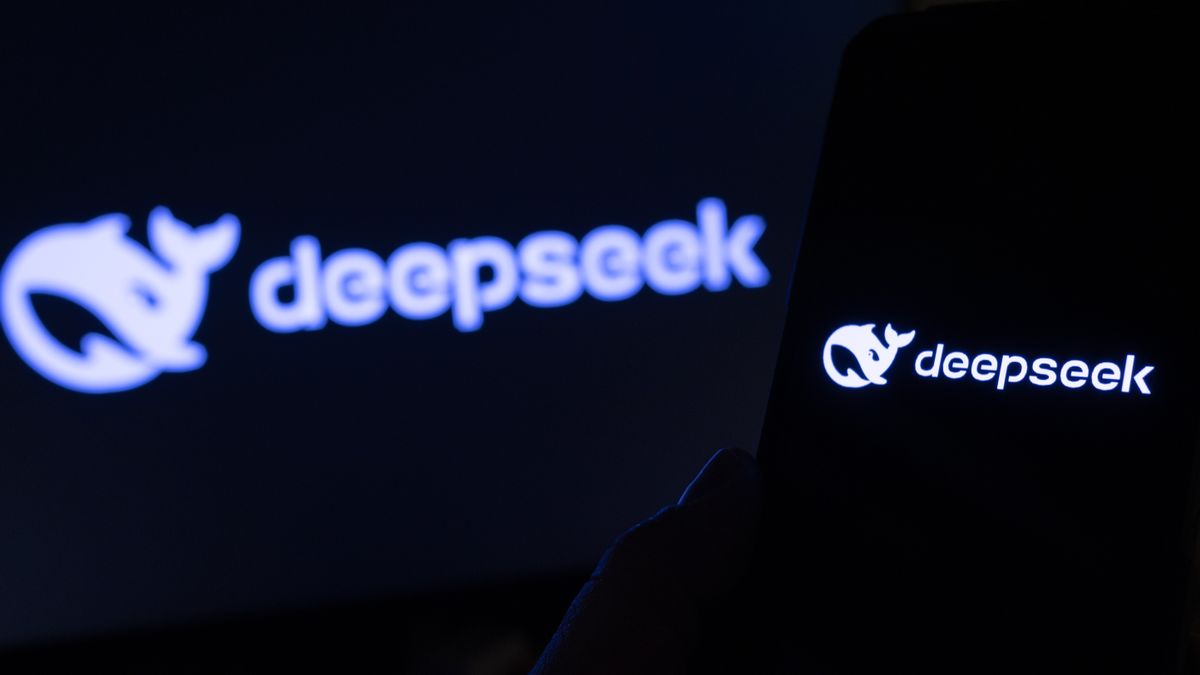Grammarly has rebranded to Superhuman following its acquisition of the email client Superhuman in July 2025. The name change marks a new chapter for the company, which says it will continue to offer its existing product, Grammarly, under its original name. However, it hints at possible future rebranding for other products, such as Coda, a productivity platform acquired last year.
Alongside the rebranding, the company is unveiling a new AI assistant called Superhuman Go. Integrated into Grammarly’s extension, this tool aims to enhance users’ productivity by offering writing suggestions, feedback on emails, and the ability to integrate with apps like Gmail, Google Drive, Google Calendar, and Jira. By connecting to these platforms, Superhuman Go can perform tasks like scheduling meetings, fetching availability, or even logging tickets.
Superhuman also plans to expand the assistant’s functionality in the future, enabling it to pull data from CRMs and other internal systems to provide more context when drafting or editing emails. Users can activate Superhuman Go by turning on a toggle in the Grammarly extension, allowing them to link various apps for enhanced features. Additionally, users will be able to explore a selection of agents in the company’s “agent store,” such as a plagiarism checker and proofreader, which were launched in August.
The new AI assistant will be available to all Grammarly users, but Superhuman is also offering subscription plans with added benefits. The Pro plan, priced at $12 per month (billed annually), includes support for grammar and tone in multiple languages. The Business plan, at $33 per month (billed annually), provides access to Superhuman Mail, an email client tailored to enhance productivity.
This move is part of Grammarly’s broader strategy to become a more comprehensive productivity suite, especially after acquiring Coda and Superhuman. With the introduction of AI-powered features, the company aims to compete with other productivity tools like Notion, ClickUp, and Google Workspace, which have integrated similar capabilities in recent years.











